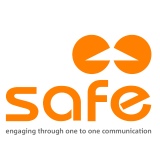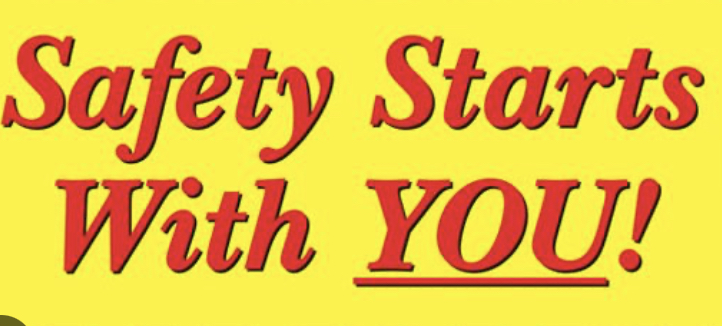Title Page
-
Conducted on
-
Prepared by
-
Location
Project
-
Project Description
-
Principal Contractor
-
Date
-
Contractor Representative Name
-
Position
-
Signature
WORK ENVIRONMENT/CONDITONS
-
Environmental Controls
-
Housekeeping, layout & amenities and emergency plan
-
Fall prevention
-
Traffic Control & signage
SYSTEMS/STANDARDS/PROCEDURES
-
SWMS available
-
Work permits
PEOPLE/BEHAVIOUR
POSITIONS
-
-
In. on or between
-
In the line of fire
ACTIONS
-
-
Exerting or rushing
-
Ascending or descending
-
Loading, lifting, handling
-
Working at heights
-
Communication
PROTECTION
-
Use of PPE
-
Electrical Hazards
-
Hazardous Substances
-
Vehicles
-
Other
TOOLS/EQUIPMENT/MACHINERY
-
Tools and Equipment
-
Vehicles
ASSESSMENT NOTES - Notes for each section when completing the assessment
-
Future Actions should be documented in a Site Instruction and issued to the Principal Contractor by the Authorised Person
-
WORK ENVIRONMENT/CONDITONS
-
HOUSEKEEPING, LAYOUT & AMENITIES AND EMERGENCY PLAN - Is site well-maintained with clear paths/access, electric leads off the ground, no trip hazards, good waste management, clean amenities and accessible emergency plan
-
FALL PREVENTION - Are there controls in place to prevent the risk of falls: (e.g. physical barriers to prevent falls from height or into excavations)
-
TRAFFIC CONTROL & SIGNAGE - Are appropriate barricades, signage, traffic control and warning systems in place)
-
ENVIRONMENTAL CONTROLS - Are erosion and sediment controls in place, dust levels controls, spill kits available?
-
SYSTEMS/STANDARDS/PROCEDURES
-
SWMS AVAILABLE - Are SWMS recorded in a Register? Are SWMS available and signed by site workers? (i.e., ask to see one SWMS of a subcontractor on site)
-
WORK PERMITS - Are the correct work permits in place? (e.g. working at heights, confined spaces, electrical, hot work, excavation)
-
PEOPLE/BEHAVIOUR
-
CAUGHT IN, ON OR BETWEEN - Are workers positioned between machinery or have the potential to be caught up, or in- between?
-
IN THE LINE OF FIRE - Are workers in the way of moving plant, working under lifting operations or below other site workers?
-
ACTIONS
-
EXERTING OR RUSHING - Are workers running, rushing or using unnecessary force?
-
ASCENDING OR DESCENDING - Are workers operating vehicles, mobile plant maintaining three (3) points of contact when moving in and out of the vehicle / plant?
-
WORKING AT HEIGHTS - Are workers working at height protected from falls from height?
-
LOADING LIFTING, HANDLING OBJECTS - Are workers lifting, carrying, pushing or restraining loads correctly?
-
COMMUNICATION - Are site managers / supervisors communicating with site workers and subcontractors workers? (e.g. Ask site worker about, Toolbox talks, pre-starts, SWMS, site induction)
-
PROTECTION
-
USE OF PPE -Are workers wearing required PPE? (e.g. minimum PPE: safety boots, helmets, vest, and other PPE necessary of the work activity, such as, eye protection and hearing protection, gloves
-
PROTECTION AGAINST ELECTRICAL HAZARDS - Are workers protected against electrical hazards? (e.g. no live work, switchboards protected by RCD’s & circuit breakers, electrical items with current inspection and test tags)
-
PROTECTION AGAINST HAZARDOUS SUBSTANCES - Are workers protected against exposure to hazardous substances? ( e.g. breathing in, skin absorption, splash in eye / mouth)
-
PROTECTION AGAINST OTHER ENERGY SOURCES - Are workers protected against other sources of energy? ( heat, UV, cold),
-
USE OF TOOLS, EQUIPMENT AND MACHINERY
-
USE OF TOOLS AND EQUIPMENT - Are workers using tools & equipment appropriately? (e.g. right tool for the job)
-
OPERATING MACHINERY - Are workers operating vehicles & machinery appropriately? (.e.g., driving speed, operating to condition, flashing lights, reversing alarms)











